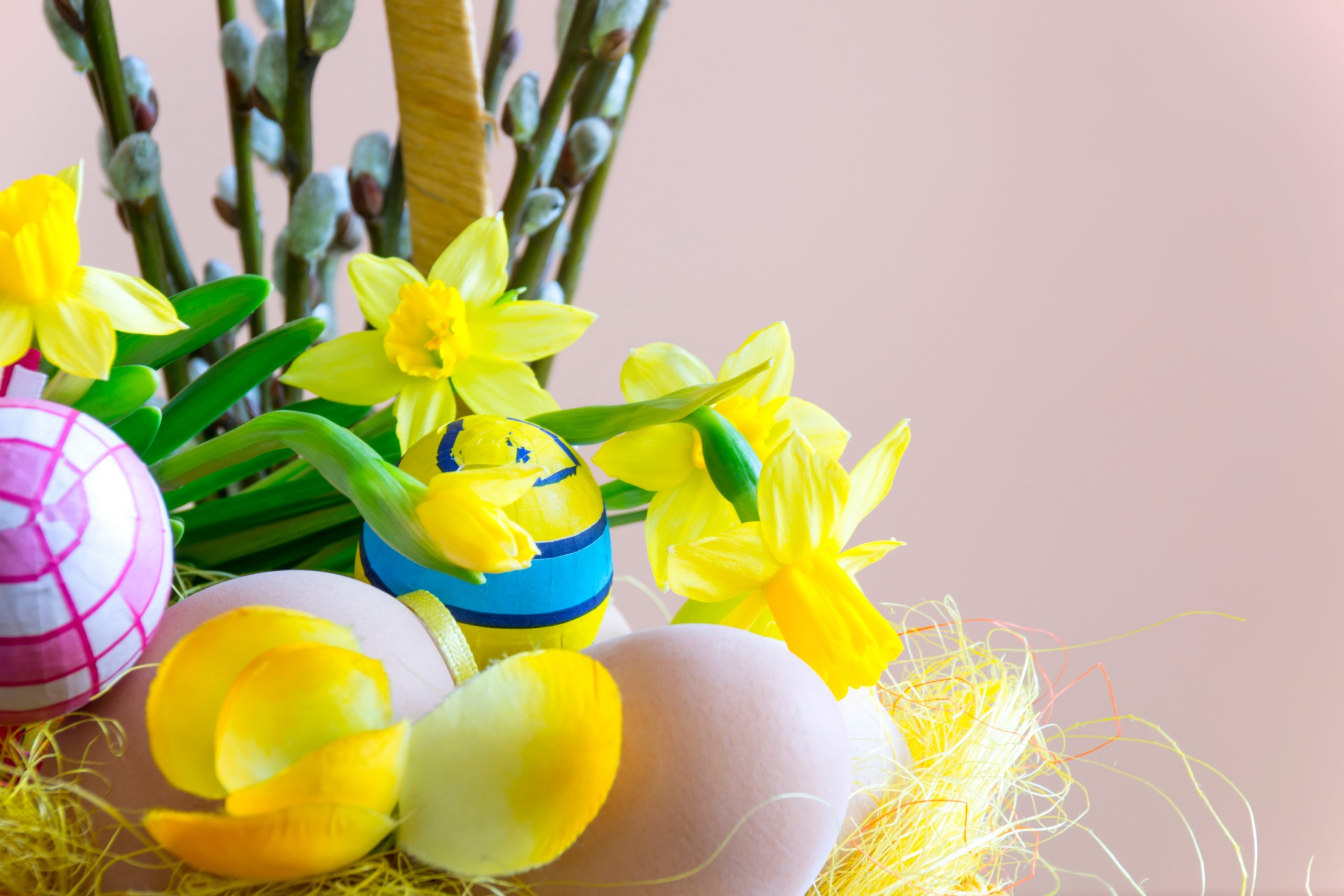You probably know Easter as the Christian commemoration of Jesus’s resurrection, a celebration of the spring equinox, and an occasion to eat chocolate eggs and jelly beans from the Easter Bunny. But if you’re traveling to another country this spring, you might be surprised at the variety of ways people celebrate Easter.
Read on to learn about five of the most interesting Easter traditions around the globe.
1. Finland
A centuries-old belief in Finland held that evil spirits and witches wander about and cause mayhem the day before Easter. Today, Finnish children dress up like witches and carry copper pots and birch twigs decorated with feathers and crepe paper. To counteract the forces of evil, the children knock on their neighbors’ doors, cast a good spell on them, and ask for candy or money to put in their pot in exchange for a birch twig. Entire communities also gather for a bonfire, drawing on the folk belief that fires keep mischievous spirits away.
2. Haiti
A mix of Catholic and Haitian Vodou traditions, Rara is a festival of music and dance that lasts from Good Friday to Easter Sunday in Haiti. Rara bands parade through the streets, playing drums and bamboo horns, dancing, and stopping at important locations to honor their ancestors. Rara is a gift to a patron spirit, a celebration of Haitian culture, and an observance of Christian Easter all in one.
3. Norway
During the spring, Norwegians love a good Påskekrim, or “Easter Crime.” One wildly successful crime novel in 1923 sparked the unique Easter tradition of reading or watching stories about thrilling police chases and murder mysteries. Most people in Norway have several days off work for the holiday, so they take to the mountains or the beach and settle in for a suspenseful read and a long weekend.
4. Serbia
In many European countries, Orthodox Christians dye Easter eggs a bright red color in association with the blood of Jesus and as a token of good luck. Serbian families bury one of these eggs in the backyard to protect their crops and keep one until the next Easter to guard the home for the year. Mothers rub their children’s cheeks with an egg to ensure good health and a rosy complexion. And, of course, breakfast on Easter Sunday involves a competitive game of tucanje, where family members crack their eggs together to see whose is strongest.
5. Greece
Easter celebrations take place in Greece each day during Holy Week. Among more widespread practices like singing hymns, attending church services, and dyeing Easter eggs, the city of Corfu also stages an artificial earthquake to simulate the one that followed Christ’s resurrection. People toss clay pots out their windows, a joyful cacophony of crashing and clattering throughout the streets of Corfu. Corfiots then proclaim Christos anesti (“Christ is risen”) to the sound of church bells and parading bands below.
—Aspen Stander
Sources
“Christ, Witches and Bunnies: A Journey through the Finnish Easter Traditions,” Helsinki Times, March 28, 2013, http://www.helsinkitimes.fi/lifestyle/5862-christ-witches-and-bunnies-a-journey-through-the-finnish-easter-traditions.html.
McAlister, Elizabeth. “Rara: Voudou, Power, and Performance,” Smithsonian Music, https://music.si.edu/essay/rara-vodou-power-and-performance.
“Norway’s Mysterious Easter Tradition,” Visit Norway, accessed March 25, 2018, https://www.visitnorway.com/media/news-from-norway/norways-mysterious-easter-tradition/.
“Easter Customs in Corfu,” Visit Greece, accessed March 25, 2018, http://www.visitgreece.gr/en/culture/easter_customs_in_corfu.
Andric, Gordana. “Serbia Upholds its Easter Egg Traditions,” Balkan Insight, April 20, 2014, http://www.balkaninsight.com/en/article/serbia-upholds-its-easter-egg-traditions.

